Instructions to Get a good deal on Utilities: An Aide for Owners and Renters
Utility bills are a necessary expense for every household, but they can add up quickly and put a strain on your budget. Whether you own or rent your home, it’s important to find ways to save money on utilities without sacrificing significant comfort or convenience. This Redfin guide is designed to help you categorize your utility expenses and identify areas where you can reduce your costs. By adopting energy-efficient habits and making simple investments, you can lower your bills, reduce your carbon footprint, and keep more money in your pocket.
So whether you’re a homeowner , and want to reduce your gas bill, or are looking to reduce your electric bill in an apartment, read on to learn everything you need to know.
The average cost of utilities
On average, US homeowners and renters spend an average of $5,640.72 per year on utilities, which is a substantial expense for most people. Additionally, utility costs, such as electricity, natural gas, water, phone, and internet, can vary significantly based on factors like location, household size, and daily use.
Producing utilities such as natural gas and electricity also contributes significantly to climate change. Given the rising cost of living and the impact utilities have on the environment, finding ways to save money and reduce your overall use is more important than ever.

Electricity
Average electric bill: $121.01, or $13.72 per kWh
Electricity is the largest utility cost for most people in the US, accounting for 23% or more of their monthly expenses. It’s also an area where people can make the largest impact on their bills.
The cost to supply electricity changes every minute and varies depending on demand, availability, and fuel costs. Additionally, because of how the US generates electricity and how consumers use it, prices are generally highest during the summer and winter. Regardless, most people pay a seasonally metered rate based on kilowatt hours (kWh).
Here are a few tips to help save money on electricity.
1. Turn off lights and appliances
Outlets continue supplying power to devices even if they’re turned off. To prevent this, switch off lights, appliances, and electronics when you aren’t using them. Also, unplug chargers and power adapters when they’re not charging devices.
2. Use energy-efficient lighting
Replace incandescent bulbs with energy-saving alternatives like compact fluorescent lamps (CFLs) or light-emitting diode (LED) bulbs, which consume less energy and last longer.
3. Install a programmable thermostat.
Smart thermostats allow you to set temperature schedules for different times of the day, reducing energy consumption when you’re not at home or during sleep.
4. Use energy-efficient appliances
When buying new appliances, look for the ENERGY STAR label, which indicates they meet strict energy efficiency guidelines set by the US Environmental Protection Agency.
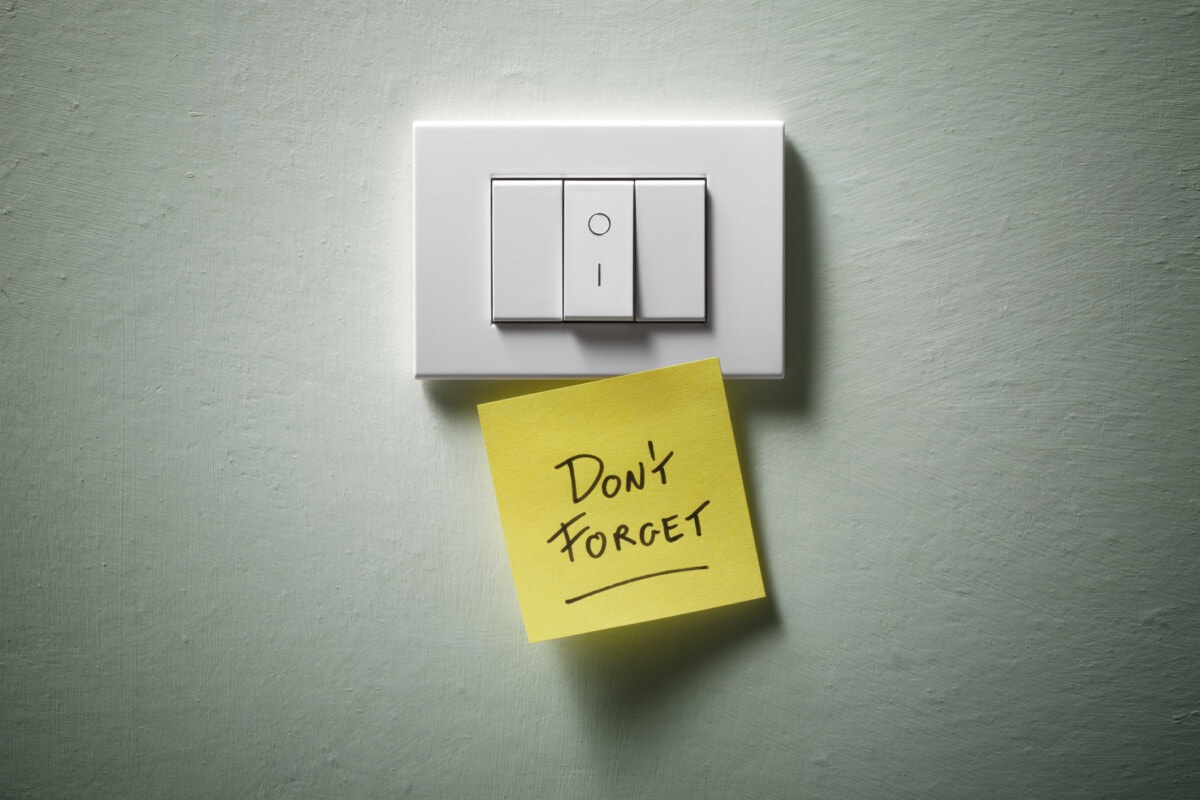
5. Use smart power strips
These devices automatically cut power to electronics in standby mode, eliminating energy waste from “vampire” or “phantom” loads.
6. Adjust your water heater temperature
Lower the temperature on your water heater to around 120°F (49°C) to save energy and reduce the risk of scalding. You can also use solar thermal water heaters for extra efficiency.
7. Hang clothes to dry
Use a drying rack or clothesline to air-dry your clothes instead of an electric dryer.
8. Opt for natural lighting
Open curtains and blinds during the day to take advantage of natural sunlight and reduce the need for artificial lighting.
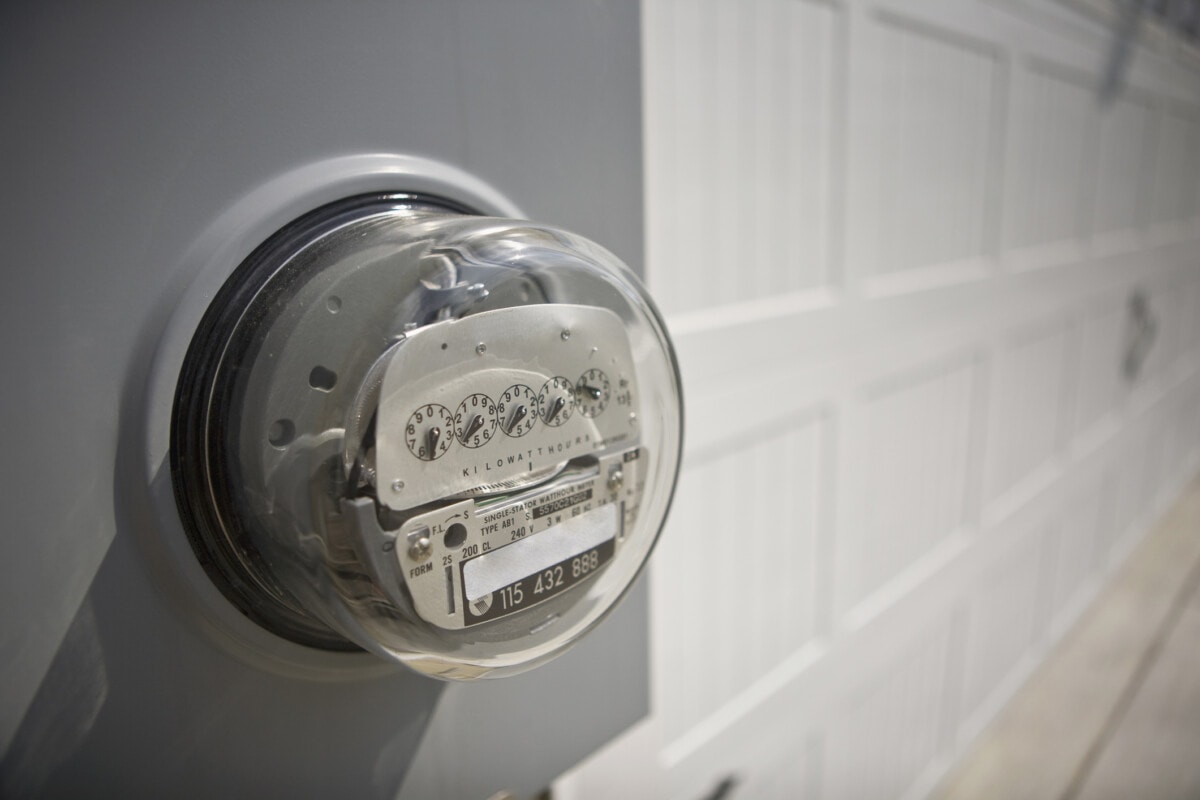
Gas
Average gas bill: $61.69
Saving on natural gas bills requires a combination of energy-efficient practices, proper home maintenance, and investing in efficient electric appliances. Natural gas is a fossil fuel that can cause indoor air pollution and lead to health hazards.
The most common natural gas appliances are stoves, water heaters, and HVAC systems. Lowering your usage is critical to saving money and reducing your footprint. Utility companies typically use a meter and charge a certain amount per therm (100,000 BTU, or 29 kWh).
Here are some tips to help you reduce your natural gas consumption:
1. Switch to electric appliances
By switching to electric appliances, such as stoves, water heaters, and dryers, you can reduce your reliance on natural gas and support a cleaner environment. It’s essential to consider the source of your electricity, too. Pair electric appliances with renewable energy sources, like solar, hydropower, and wind, to get the most savings.
2. Adjust your thermostat
Lower the thermostat during winter months and raise it during summer months when you’re not at home or while you’re sleeping. Every degree of adjustment can lead to 3% savings, which adds up over time.
3. Insulate your home
Proper insulation helps keep your home warm during winter and cool during summer, reducing the load on your water heater and HVAC system. Insulate walls, attics, and floors, and seal gaps around windows and doors to prevent drafts.
Insulating your water pipes is also critical, especially in extreme climates.
4. Install a programmable thermostat
A programmable thermostat automatically adjusts the temperature based on your daily schedule, ensuring your home is comfortable when you’re there and conserving energy when you’re away.
5. Maintain or replace your heating system
Regularly clean and replace furnace filters, and schedule annual maintenance checks to keep your heating system running efficiently. Another option is to switch out your furnace with a geothermal heat pump system, which is efficient and entirely carbon-neutral. You can receive tax breaks and incentives for switching as well.
6. Use weatherstripping
Apply weatherstripping around windows and doors to seal any gaps that might be letting cold air in and warm air out during winter months.
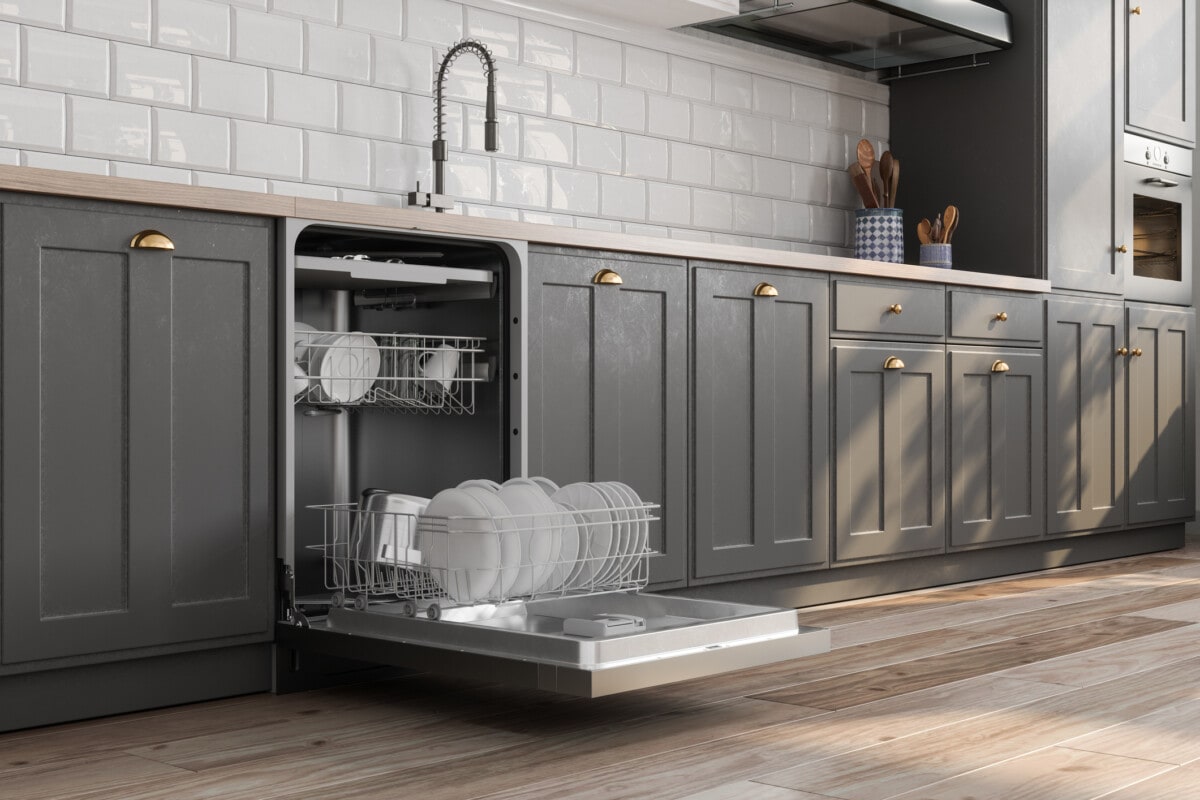
Water
Reducing your water use can mean lower costs and lower natural impact, which is especially important if your home is at risk of drought. The average US resident uses 84 gallons of water every day. This equates to over 10,000 gallons of water per month for a family of four. Companies also use different billing rate methods, which are:
- Flat
- Uniform
- Increasing block
- Declining block
- Seasonal
- Drought
- Water-budget based
The most common rate type is a uniform rate, which measures water usage with a water meter and charges a certain amount per gallon. However, if your city uses a flat rate fee, reducing your water usage provides no monetary benefit. Lastly, some municipalities bill water and sewer together, which makes reducing usage even more important.
Here are nine tips to help you reduce your water bill at home.
1. Fix leaks
Leaking faucets, pipes, and toilets can waste a significant amount of water over time and are a major contributor to high water bills. Fix your leaks as soon as you notice them, and consider installing a leak detector.
2. Install water-efficient fixtures
Replace old shower heads, faucets, and toilets with low-flow or water-saving models. Many governments even offer rebates and incentives for homeowners who use water-saving appliances. WaterSense is a great resource to help you find efficient appliances and fixtures and learn how much money and water you can save.
3. Use the dishwasher efficiently
Only run the dishwasher when it’s full, and opt for the shortest washing cycle when possible. If you wash dishes by hand, don’t leave the tap running continuously.
4. Limit shower time
Shorten your showers to save both water and energy. A five-minute shower uses significantly less water than a bath.
5. Collect rainwater
Use a rain barrel or other containers to collect rainwater for watering plants, washing cars, or other outdoor cleaning tasks. Many governments offer incentives for installing rain barrels, such as reduced water bills and tax breaks.
Another option is to install a rain garden, which collects rainwater runoff from hard surfaces around your home and lets it slowly absorb back into the ground. These can be a great solution for those living in wet climates or who want a unique landscaping feature.
6. Water plants wisely
Water your plants early in the morning or late in the evening to minimize evaporation. You can also use drip irrigation or soaker hoses to water plants directly at their roots.
7. Use a broom instead of a hose
Sweep driveways, sidewalks, and patios rather than using a hose to clean them.
8. Reuse water
Collect unused water from cooking or washing fruits and vegetables to water plants or flush toilets.
9. Install a water meter
A water meter can help you track your water usage and identify areas where you can save. Many cities already charge based on metered use, but a meter can make a big difference if your area doesn’t.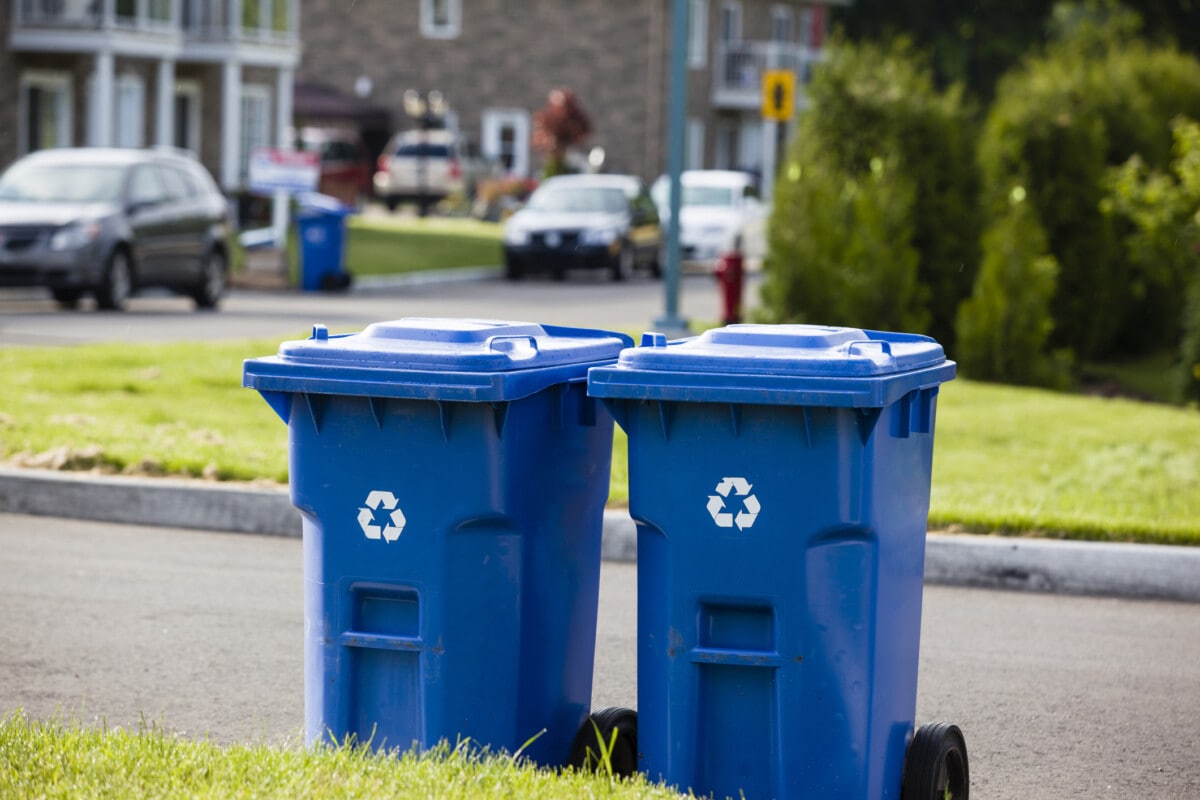
Trash, recycling, and compost
Average collection bill: $25-$100
Many areas lump trash and recycling together and charge separately for compost. Additionally, some cities don’t charge for recycling, while others don’t have composting programs. It’s important to understand your local collection policies to avoid being overcharged and reduce your environmental impact.
While most municipalities charge a flat rate for all pickup services, they often include additional charges for extra collection. Because of this, the best way to reduce your waste collection bill is to limit the amount of waste you produce and focus on recycling. Some areas also use a pay-as-you-throw program (variable-rate pricing), which charges based on the amount someone throws away.
Here are a few tips to help reduce waste:
- Use reusable containers
- Cook at home
- Buy in bulk
- Thrift when possible
- Go paperless
Understanding what you can and can’t throw away is also critical, as every city has different recycling and composting capabilities. Many products people believe are compostable and recyclable are actually trash in their area. Even products that advertise themselves as recyclable and compostable often aren’t in certain cities.
Other costs
Many people include phone and internet charges in their monthly utility bills. There are also other costs specific to certain regions, such as stormwater, conservation, emergency medical services, and more. Look up your local utility statement to review exactly what you’re being billed for.
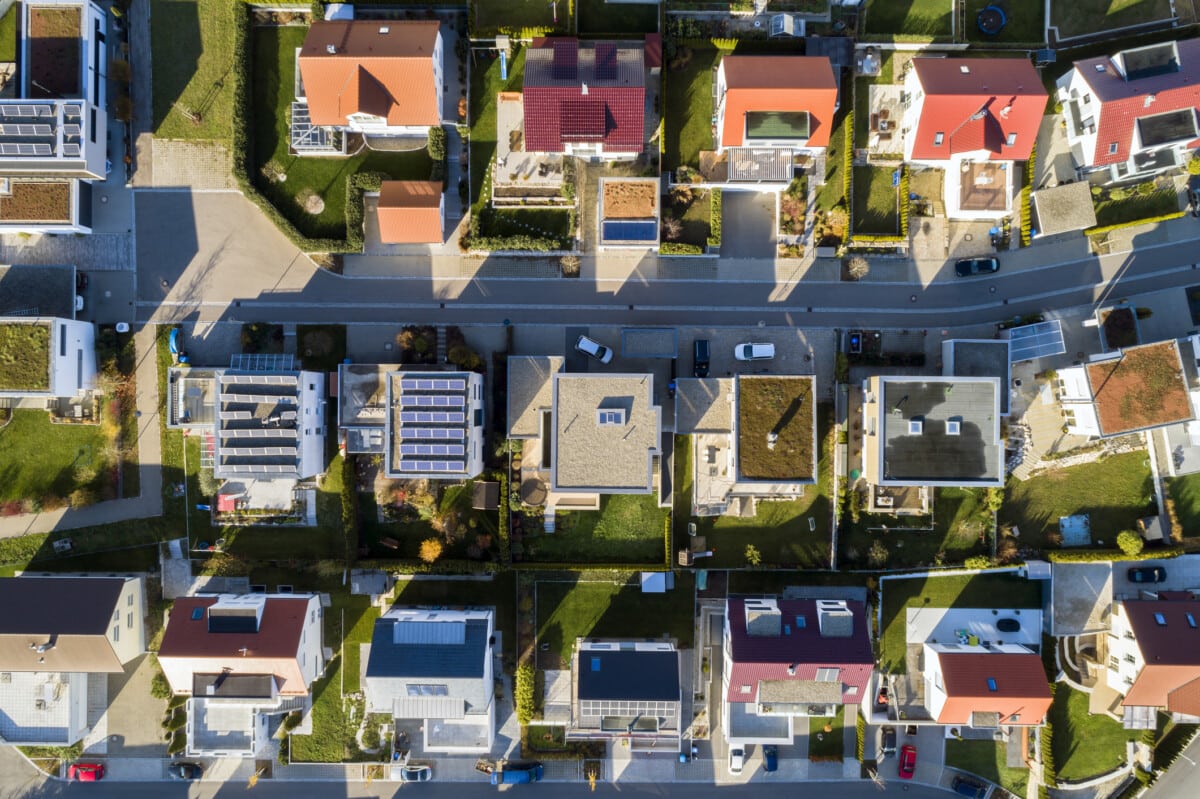
Final thoughts
Regardless of your method, learning how to save money on utilities can lower your monthly costs and decrease your environmental footprint.Aside from reducing utility costs, committing to large-scale sustainability can be the best way to reduce your monthly bills. You can do this by certifying your home through ENERGY STAR or LEED, both of which have strict energy and sustainability standards for homes.